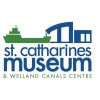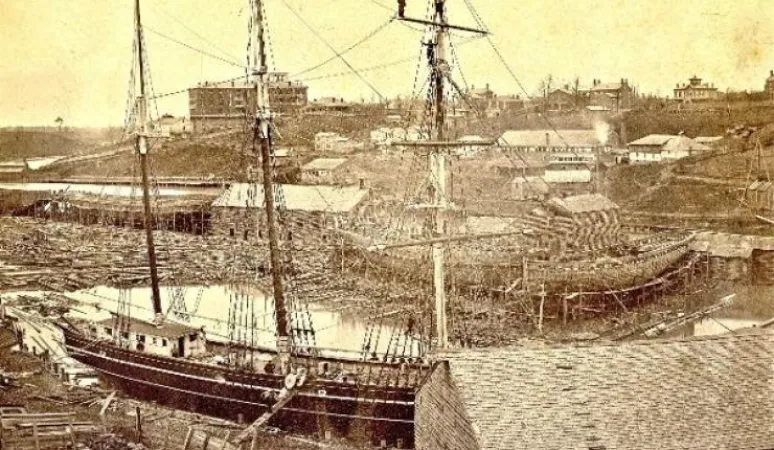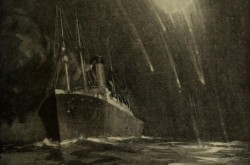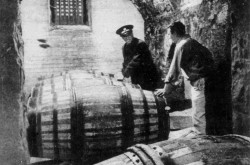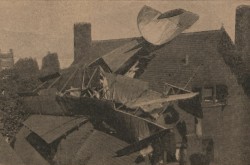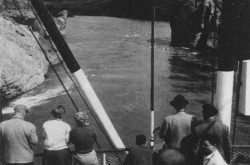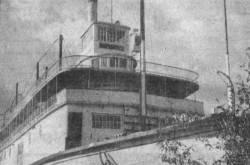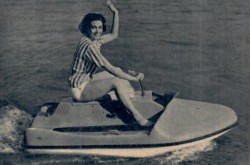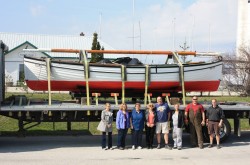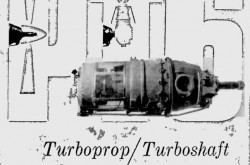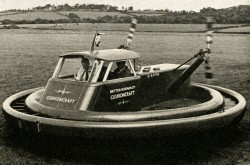Louis Shickluna- Designing Ships for the Early Welland Canals
This article was originally written and submitted as part of a Canada 150 Project, the Innovation Storybook, to crowdsource stories of Canadian innovation with partners across Canada. The content has since been migrated to Ingenium’s Channel, a digital hub featuring curated content related to science, technology and innovation.
Louis Scicluna was born in 1808 to Therese and Joseph Scicluna on the island of Malta. Joseph was a dockyard worker, and both him and Therese encouraged their son to attend school and achieve good grades. Louis, however, showed no interest in academics and faired poorly in class. Afraid that his son would not find a career, Joseph Scicluna took his son Louis to the shipyard in hopes that Louis would develop an interest in becoming a shipwright. Joseph’s plan worked, and for the rest of his life Louis would be enamored with ship construction.
At the age of 16, hoping to begin his shipwright career, Louis Scicluna decided to emigrate to the United States. Arriving in New York City, he was encouraged to change his last name to Shickluna so that it would be easier to pronounce for English-speaking Americans. After some time, Louis realized that he did not like New York City, and so he decided to travel to Yorktown. In Yorktown, Louis worked as a shipwright. However, in the late 1830s, he was hearing news of the immense amount of traffic the newly constructed Welland Canal was receiving. By providing a transportation route, the Welland Canal had opened up central Canada to exploration, trade, and settlement, thereby encouraging the creation of cities along the Great Lakes. Packing up his equipment, Louis emigrated once again, but this time he would finally call his destination home.
In St. Catharines, Louis purchased what would soon become the most prolific shipyard on the Welland Canal. Louis was eager to learn from the local maritime community, and so devoted much of his time conversing with sailors, reading about ship-construction, and examining local ship designs. He was a quick learner, and eager to apply newly acquired skills. Knowing he would need a large workforce, Luois Shickluna hired over 300 people (15% of St. Catharines’ paid working force) to help him construct his designs and ensured them competitive pay. Many of his employees were escaped slaves that had come to Canada via the Underground Railroad.
Despite employing a massive workforce, Louis Shickluna was not able to keep up with all the work offered to him. He often had to be selective and turn down some offers. Louis’ ships were known for their speed and durability, thus making him a highly sought after shipwright. His designs were innovative, crafted to take advantage of the Great Lakes environment and Welland Canals system. Louis had even invented an entirely new ship- the snub-nosed schooner- specially designed to smoothly navigate the Welland Canal. He even offered a $1000 dollar prize to anyone in the world that could fix a ship in less than one evening- faster than he had. No one ever claimed the prize.
Currently, our list of ships built by Louis Shickluna is incomplete. Since he was illiterate, he kept no logs of how many ships he built. We do know, though, that he built more than 150 ships over his half-century-long career. Some years he produced 7 or more ships. It was thanks partially to Louis Shickluna’s expertise and innovative ship designs that the Welland Canals, and therefore the rest of the Great Lakes region, could be developed and settled.
In 1871, the St. Catharines community was sad to see Louis Shickluna depart to Malta due to failing health. Louis Shickluna left the operation of his shipyard to his two sons while he spent that last 9 years of his life in his homeland. Louis Shickluna passed away in Senglea, Malta, on November 24, 1880 at the age of 70.


